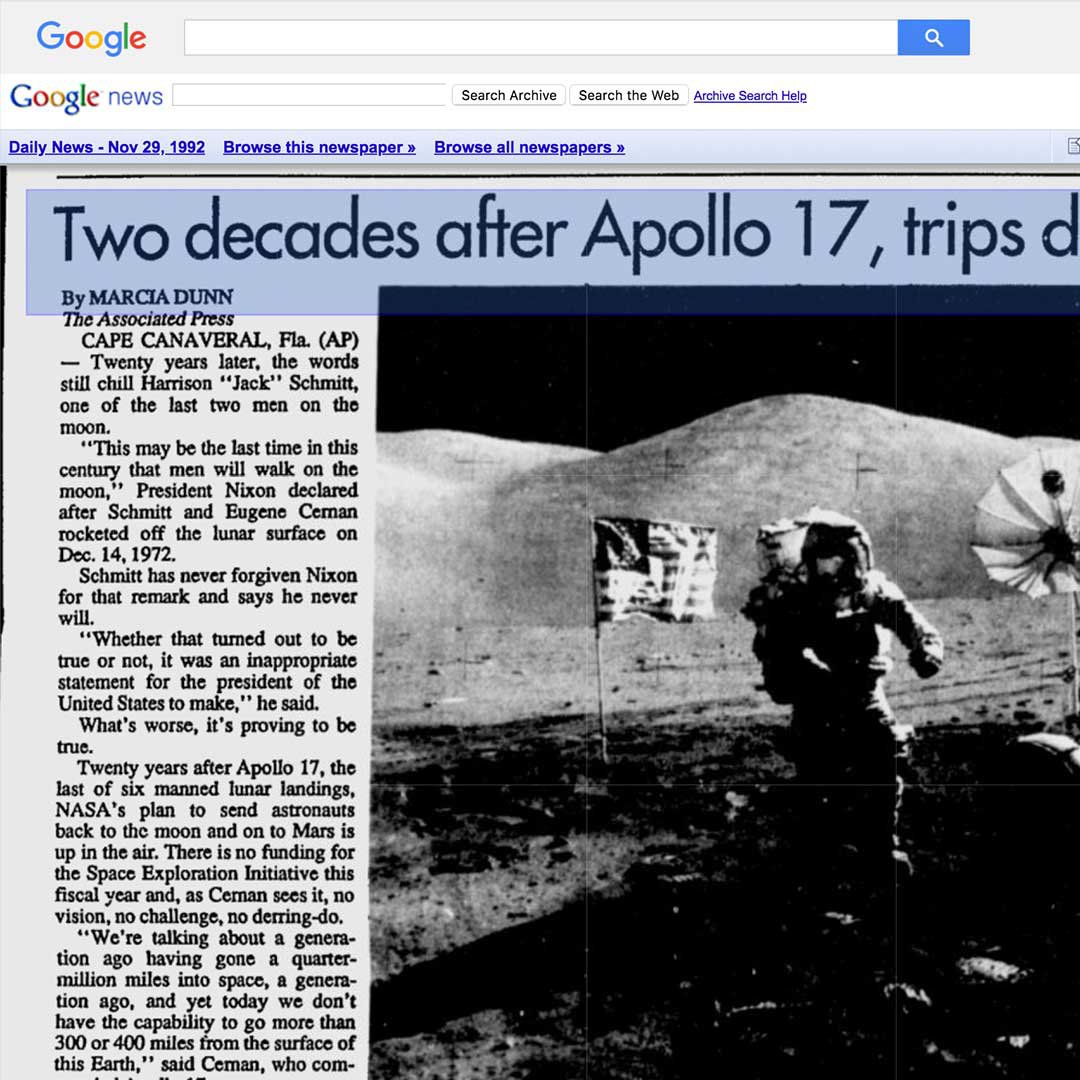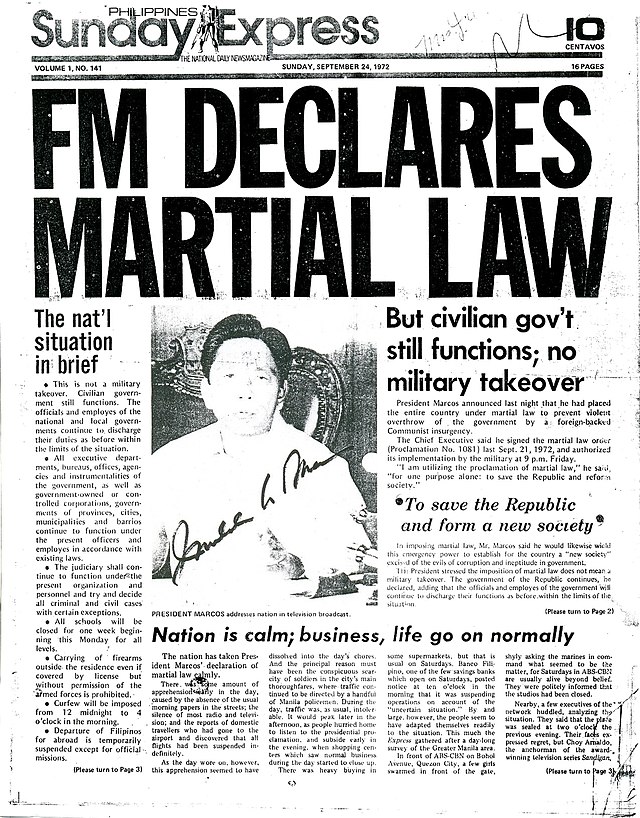The Main Principles Of News Articles
The Main Principles Of News Articles
Blog Article
Indicators on News Articles You Need To Know
Table of Contents9 Simple Techniques For News ArticlesWhat Does News Articles Do?A Biased View of News ArticlesHow News Articles can Save You Time, Stress, and Money.The 45-Second Trick For News Articles
Good understanding of various subjects offers pupils an one-upmanship over their peers. Although electronic and social media are readily accessible, we ought to not forget how important it is to read the papers. Moms and dads have to attempt and inculcate the behavior of reviewing a newspaper as a daily routine to continue the tradition of the adored print tool.Newspaper article likewise contain at least among the adhering to important features about the intended target market: closeness, prominence, timeliness, human interest, curiosity, or repercussion. The associated term journalese is sometimes utilized, normally pejoratively, to describe news-style writing. Another is headlinese. Papers usually follow an expository writing style.
Within these limitations, newspaper article also intend to be comprehensive. Other aspects are involved, some stylistic and some obtained from the media form. Amongst the bigger and extra recognized newspapers, justness and balance is a significant aspect in providing info. Discourse is typically restricted to a separate section, though each paper may have a various overall slant.
Newspapers with a worldwide audience, for example, often tend to make use of a more formal design of creating. News Articles.; common design overviews include the and the US News Style Book.
Fascination About News Articles
Generally, reporters will certainly not make use of a lengthy word when a brief one will certainly do. They utilize subject-verb-object building and brilliant, active prose (see Grammar). They supply stories, examples and metaphors, and they rarely depend upon generalizations or abstract concepts. Information writers try to avoid utilizing the exact same word greater than as soon as in a paragraph (often called an "echo" or "word mirror").
Headlines in some cases omit the subject (e.g., "Jumps From Boat, Catches in Wheel") or verb (e.g., "Pet cat female fortunate"). A subhead (also subhed, sub-headline, subheading, caption, deck or dek) can be either a subservient title under the primary heading, or the heading of a subsection of the write-up. It is a heading that comes before the main text, or a team of paragraphs of the main text.

Added billboards of any of these kinds might appear later on in the short article (specifically on subsequent pages) to entice additional reading. Such billboards are also utilized as tips to the short article in other areas of the publication or site, or as promotions for the piece in various other magazine or websites. Common framework with title, lead paragraph (recap in vibrant), various other paragraphs linked here (details) and call info.

Instance of a hard-lead paragraph NASA is proposing an additional area job. The budget plan requests around $10 billion for the job.
An "off-lead" is the second most crucial front web page information of the day. To "bury the lead" is to begin the article with history details or details of second significance to the readers, requiring them to check out more deeply into a write-up than they need to have to in order to find the vital points.
See This Report on News Articles
Usual use is that one or 2 sentences each create their very own paragraph. Reporters usually define click here for more the company or structure of an information tale as an upside down pyramid. The vital and most intriguing aspects of a story are placed at the beginning, with supporting info following in order of reducing importance.
It permits individuals to discover a topic to only the depth that their inquisitiveness takes them, and without the charge of information or subtleties that they can take into consideration unimportant, however still making that information offered to extra interested viewers. The inverted pyramid structure likewise enables articles to be trimmed to any kind of approximate length throughout layout, to suit the space offered.
Some authors begin their tales with the "1-2-3 lead", yet there are many kinds of lead available. A twist can refer to multiple things: The last tale in the information program; a "happy" tale to end the show.
Longer write-ups, such as publication cover short articles and the items that lead the inside areas of a newspaper, are known as. Function stories vary from straight information in a number of methods.
Little Known Questions About News Articles.
The journalist typically details communications with meeting subjects, making the piece more personal. A feature's very first paragraphs commonly connect an interesting minute or look at here occasion, as in an "anecdotal lead". From the particulars of a person or episode, its view promptly broadens to abstract principles about the story's subject. The section that signals what a feature is around is called the or billboard.

The Editor's Toolbox: A Referral Overview for Beginners and Professionals (2001) Allan M. Siegal and William G. Connolly. The New York Times Manual of Style and Usage: The Authorities Design Overview Made Use Of by the Writers and Editors of the Globe's Most Authoritative Newspaper (2002) M. L. Stein, Susan Paterno, and R.
Report this page